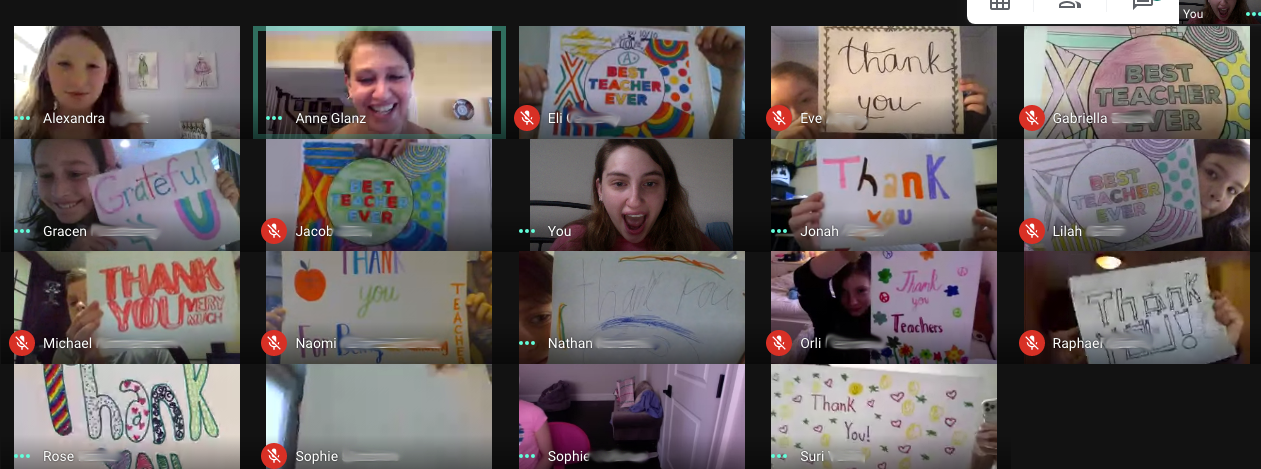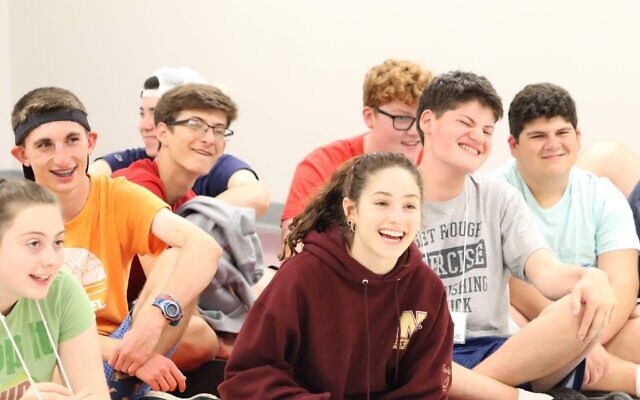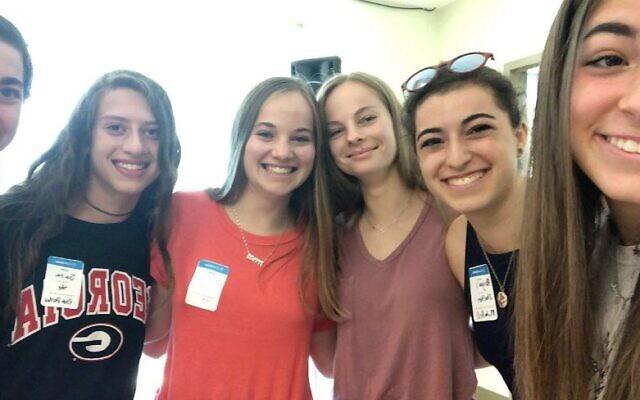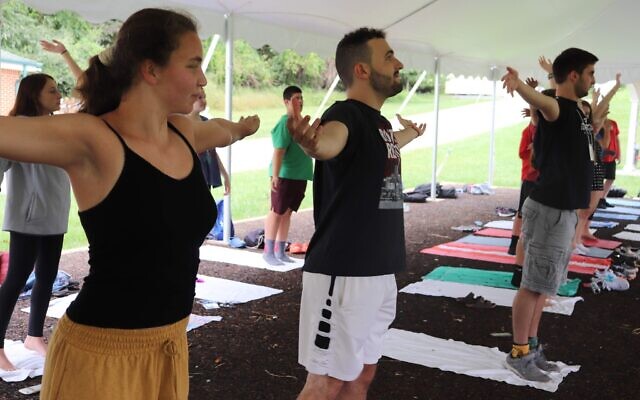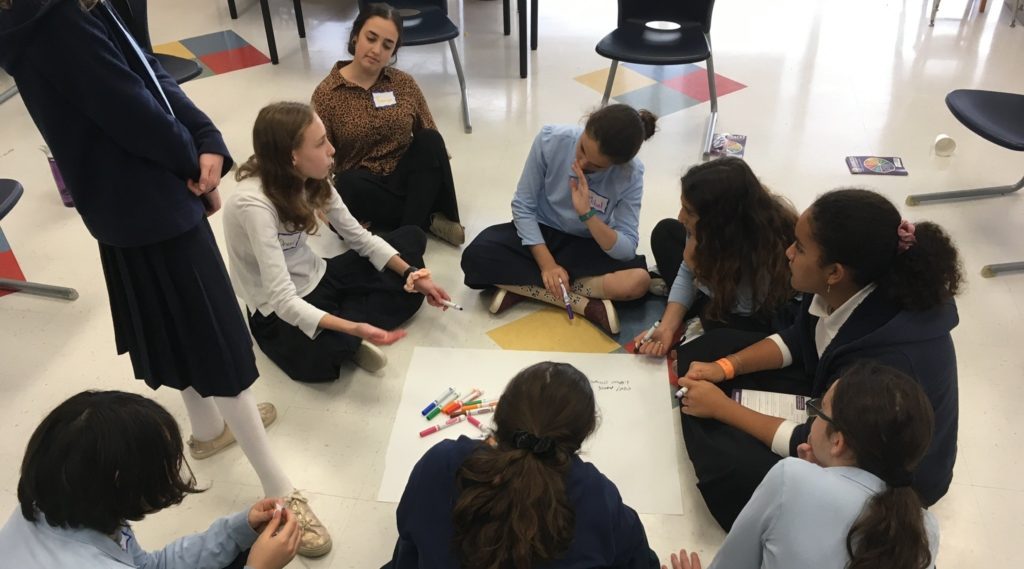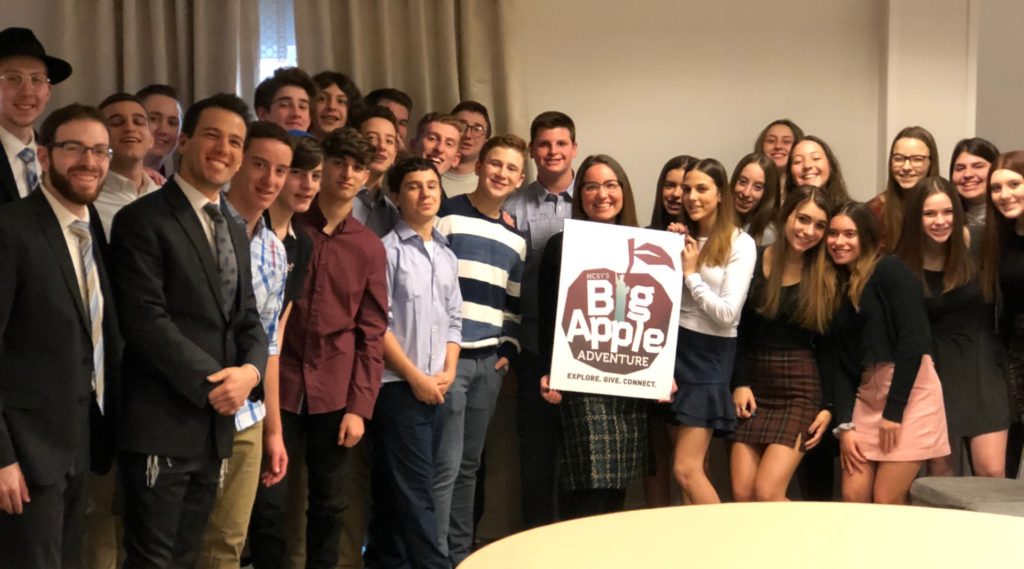As the ongoing pandemic requires us to protect one another by staying apart, organizations across the Jewish sector are unlocking the secret to engaging meaningfully with young Jews in digital spaces. How? By nourishing hearts first, and minds second.
Great virtual events leave participants feeling happy, relaxed, connected, and twice as likely to attend another event by the same or another organization. Poorly executed or unsatisfying virtual events can have a negative effect on participants, leaving them more tired, disconnected and frustrated, and more than 50% less likely to participate in another event by any organization.
New market research commissioned by the Charles and Lynn Schusterman Family Foundation and the Jim Joseph Foundation shows the key to successful virtual events for Jewish young adults is designing virtual gatherings more intentionally for the emotional experience of offerings than they would for in-person gatherings, where content can drive.
What separates successful virtual events from unsuccessful ones is their ability to meet one or more of three key needs: community, fulfillment and fun.
(Full report on the data and findings is here.)
COMMUNITY AND CONNECTION
“Right now, more than learning or growing, just feeling a sense of togetherness seems to be the most important thing.”
Young Jews are looking to connect. Of our respondents, 84% report it’s especially important to connect with other people, 70% feel it is particularly important to connect to something Jewish now, and 63% have participated in something Jewish virtually since the pandemic began. There, young Jews seek belonging, intimacy, personal connection and/or the opportunity to meet new people with whom they share commonalities.
BBYO, a high school youth organization, heard through alumni Facebook groups that their alumni were eager to reconnect. “It was very organic,” says Rebecca Cohen, Director of the Anita M. Perlman Women’s Leadership Initiative. “We said to them, ‘if you want to connect, we want to be that convener for you.’” They supported alumni with planning, experts, technology and communications through a variety of events from socializing to opportunities to mentor teens. Leveraging existing identity, community and culture meant that the gatherings felt “easy and comfortable” as one participant put it.
The Kavana Cooperative in Seattle has created brief, 30-minute community touch-points every Friday evening. Rabbi Rachel creates multiple opportunities for deep connection, including prompts for sharing and space for participants to be intimate and vulnerable with one another: celebrating happy occasions like new babies and birthdays, holding each other as families move through chemo, addiction or loss, and acknowledging all that’s happening in the world around, from COVID to conversations on systemic racism and democracy. Then they conclude by singing Shabbat table blessings together. “Zoom has been a great equalizer,” said Rabbi Rachel Nussbaum. “It has removed any hierarchies or perceived differences between those who know more or sing louder… and thus has become our community’s space for authentic connection regardless of anyone’s usual Shabbat practice.”
Things you might consider:
- As the host, setting culture and structures for connection is even more important online. Humanize experiences by inviting people to bring their full selves and make connections. Invite honesty, vulnerability, humor or needs.
- Create opportunities for participants to connect in small groups, like in breakout rooms, even for five minutes during the event. When in larger groups, encourage the use of hand signals to reduce awkwardness and support equitable virtual discussions.
- Design to build on aspects of relationships, identity and/or a sense of belonging to maximize relevance and connection satisfaction.
- Offer a personal touch by calling people by name. Help people feel “seen” and build a sense of intimacy in the group.
FULFILLMENT
“The event was based on a collection of food and clothing for those affected by the pandemic in my community… I was proud to participate in this cause.”
It has been difficult to remain at home, distanced from many of the activities young Jews turn to for social, emotional and spiritual fulfillment. Many are engaging in more casual, at-home behavior – 75% of respondents said they have spent time on an existing hobby or developed a new hobby in the last few months. Our research showed that successful events support participants in discovering new insights, discussing an issue they care about and leaving the event with meaningful or actionable takeaways.
The Great Big Jewish Food Fest in May, designed to maximize virtual environments while restaurants were closed, leveraged available talent and offered novel experiences, such as a tour of Jewish delis across the country, or famous chefs cooking “together” in their home kitchens in Tel Aviv, Philadelphia and New York City. The combination of entertainment, practical skills and exclusive access drew more than 20,000 people. As one participant said, “It lifted my spirits and provided content that was interesting and informative. The programs inspired me to re-read Jewish recipes and recipes in general that my mom had hand written and passed on to me… It brought me closer to my Jewish roots and identity through food.”
JDC Entwine, known for its impactful global travel and volunteer experiences, has designed virtual programs that will be evolved into a fully blended platform once the pandemic is over. One such opportunity enables young adults to volunteer for an hour per week over three months with isolated JDC-supported elderly and teenagers overseas. Participants receive pre-service training, regular check-ins and support as a cohort, and have flexibility in how and when they connect with their overseas “client” for company, conversation and/or practicing English. “This opportunity truly nourishes the soul in a challenging time in our world…. It is an absolute joy to be able to put my Russian to use and to connect with a teen client in Odessa,” said Shoshana from Ohio.
Things you might consider:
- Design for activities your audience is already doing, or specific needs they have.
- Consider how you want participants to leave the event feeling – happy, relaxed, excited, informed, empowered, connected? How will your design inspire that feeling?
- Keep participants engaged by including active, participatory elements such as writing, drawing, learning in chevruta (with a partner), or sharing back insights with the group through a chat function or discussion.
- Leave participants with a new idea, ritual, skill, recipe or playlist. Include meaningful activities participants can do after the event.
FUN
“It was nice to laugh with a group of people. So much sadness and disease is overtaking the world and so much time and energy is (rightfully) focused on it. It was a much needed break.”
It is harder to find pockets of fun, and yet our research finds that fun is the most significant element to differentiate a worthwhile event from one that felt like a waste of time for young Jews, by a 30+ point margin. ‘Fun’ can be the main purpose of your event, or an embedded element. It can be light and silly, or something that just provides an opportunity to unwind and relax.
Jewish Geography Zoom Racing, a playful Zoom-based game similar to ‘Six Degrees of Separation’ in which contestants race through their network to connect to “The Chosen One,” a person about whom contestants only know a few bits of information, has become a weekly event that stirs up social networks and evokes playfulness of Maccabiah at Jewish summer camp among thousands of viewers and dozens of participants. “Everybody is available right now,” says founder Micah Hart, “and the surprise and delight of reconnecting with someone through this game makes people smile and is nourishing for the soul!”
The Marlene Meyerson JCC Manhattan runs Adaptations and Connections, programs for adults with special needs. They regularly design for sensory and social comfort because reducing anxiety helps people “feel safe and relaxed,” says Dorsey Massey, Director of the Center for Special Needs Programs + Inclusion, “and that provides a moment of respite from the rest of the world.”
Things you might consider:
- How can you manifest that personality of your event in every aspect of what you do, from the invitation to the welcome to the content?
- The host of an event serves as a kind of MC that sets the tone. As one respondent described: “The main speaker/host needs to be enthusiastic, friendly, and interesting. It doesn’t matter how great of a program you have if the host’s robotic introduction causes everyone to immediately sign off.”
- While many are starved for a sense of playfulness, small doses can go a long way. Consider adding elements of playfulness in small doses, like an introductory activity (Pictionary) or built into transitions (Who goes next? Rock paper scissors!)
ADDITIONAL TIPS
One of challenges with online events is that we miss so many social cues and social norms that we’d otherwise feel in person. Our research found many events can feel awkward and anxiety provoking because of the lack of attentiveness to establishing these norms. Some tips:
- The cold start of online events lacks the transitions into the event that help people feel present, ready, and together (like riding the elevator together, seeing people as you walk in, settling into a chair with others are your table). Instead set the tone! For example, “Attire: business casual from the waist up” sets a certain humorous tone even for a somewhat serious event.
- Designate someone to manage the tech (admitting people in the waiting room, managing break outs, dealing with tech support in the chat, muting people as needed) who is not presenting or running the program.
- Use the technology tools to your advantage to avoid participants feeling awkward and overwhelmed. For example, utilizebreakout rooms to support discussion on topics with other participants in smaller groups.
- Design with more structure than you would for in person events. Online gatherings lack the casual, emergent cadence of being in a room together.Include formal introductions, put a list of participants in the chat so everyone is clear about who goes next, or posting discussion questions in the chat before you go into breakout rooms so everyone knows what they are supposed to be doing.
Jewish organizations have done an incredible job transitioning to virtual programming that plays meets the key needs of Jewish young adults right now. Satisfaction is high, as are intentions for repeat engagement. We hope the findings from this research and the focus on connection, fulfillment and fun will help organizations and funders expand on the good work already happening.
We would love to hear examples of how you are designing for and/or experiencing connection, fulfillment and fun in your online events. Please share your stories in the comments.
About the research: Benenson Strategy Group surveyed 1,001 American Jews nationwide, ages 18-40, from June 29 – July 15, 2020. Surveys were conducted via an online panel; respondents have all opted in to do research and receive invitations to the survey through their preferred method of contact. Our survey then screened respondents for self-identification as Jewish. You can review the detailed results here.
Rella Kaplowitz is the Senior Program Officer for Evaluation and Learning at the Charles and Lynn Schusterman Family Foundation, making sure the Foundation has the right information to strengthen its work. During the pandemic, Rella and her family are finding community, fulfillment and fun through virtual tot Shabbats and story time with cousins, family art time, Challah baking and dance parties.
Stacie Cherner is the Director of Learning and Evaluation at the Jim Joseph Foundation where she oversees the research and evaluation work of the Foundation. She and her husband are in California, living (with one wifi connection) with a teenager and young adult who are also trying to find community, fulfillment and fun online and offline.
Lisa Narodick Colton is the Founder and President of Darim Online and Darim Consulting, working to help Jewish organizations adapt to the digital, connected age. In addition to her consulting work, she was the Executive Producer of The Great Big Jewish Food Fest in May, an effort which gave her (and hopefully a few others) connection, fulfillment and fun even before this research was conducted.
Source: “Emotion Before Content: Evidence Based Recommendations for Designing Virtual Jewish Engagement,” Rella Kaplowitz, Stacie Cherner, Lisa Narodick Colton, eJewish Philanthropy, September 10, 2020


